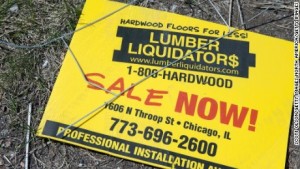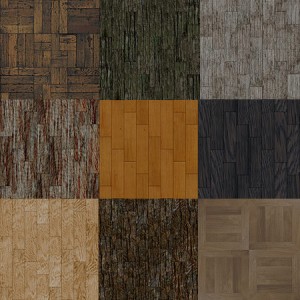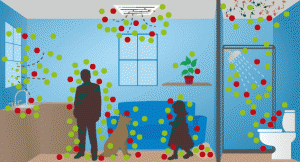There is a new report out Tuesday from the CDC National Center for Environmental Health and the Agency for Toxic Substances and Disease Registry (ATSDR). It is an update of a report issued on February 10, 2016. Alex Alexiev wrote about this error in a microBEnet post: CDC Error in Flooring Report. For more on the corrected report …
Just got this email and thought it might be of interest to some: AIA South Atlantic Region seeks innovative speakers and facilitators for presentations to be offered during the 2016 Regional Conference in Wilmington, NC, September 29 — October 1. This conference will provide the highest amount of Continuing Education Units for architect members in …
This paper by John Chase and crew posted recently on PeerJ takes a deep look at the office microbiome composition and concludes that the biggest factors affecting differences in swabbed samples are the geography of the office and where the sample was taken inside it. Their experiment showed minimal impact from other factors that are …
This recent PLoS One article on Associations with Fungal DNA and Mycotoxins in Classroom Dust seems especially appropriate considering the blossoming of flowers and accompanying seasonal allergies that’s now happening in our part of the world. Sick building syndrome (SBS) is associated with the following symptoms: ocular, nasal, throat and dermal symptoms, headache and tiredness. Norback et al (2016) studied …
Great opportunity If you are a student in the Master’s program, PhD student or post-doctoral fellow, if you believe that efficient, comfortable and healthy buildings are not only possible but necessary, if you are interested in building lasting collaborations and have fun doing it all, the summer school is for you. Event Description: ISIAQ summer …
The CDC recently had to correct an error in a flooring report – it was a silly calculation error that we have all made before, but that had a huge outcome. They forgot to convert feet to meters in their report, meaning they severely underestimated health risks related to formaldehyde in laminate flooring. The risks are …
Got notified of this paper by some automated Google Scholar searchers I have set up (this one for papers on microbial forensics) and I thought it would be of interest to some.: Source: Journal of Exposure Science and Environmental Epidemiology – Considerations for estimating microbial environmental data concentrations collected from a field setting By Erin E …
MicroBEnet community, I’m now entering the 5th month of sampling for my MoBE postdoctoral fellowship [see https://microbe.net/2014/10/29/microbiomes-and-the-athletic-arena-indoor-track-facility-microbiome-in-conjunction-with-salivary-and-nostril-microbiomes-of-indooroutdoor-runners/] and want to begin compiling the pertinent physical building-centric metadata (not for the individual samples, that I have as ongoing) for my project. Below is the list that I currently have, but if the community feels that there are other …
Source: Relative and contextual contribution of different sources to the composition and abundance of indoor air bacteria in residences | Microbiome | Full Text Another very useful paper from the Microbiome journal. This one from Marzia Miletto and Steven Lindow. Here is the Abstract: Abstract Background The study of the microbial communities in the built …
2013-5-19MBPF Source: Sources of airborne microorganisms in the built environment | Microbiome | Full Text Really nice new review paper by Aaron Prissin and Linsey Marr. It covers research on sources of airborne microbes including Humans Pets Plants Plumbing HVACs Water damage Dust Outdoor air Really thorough with tons of references and discussion of the …





